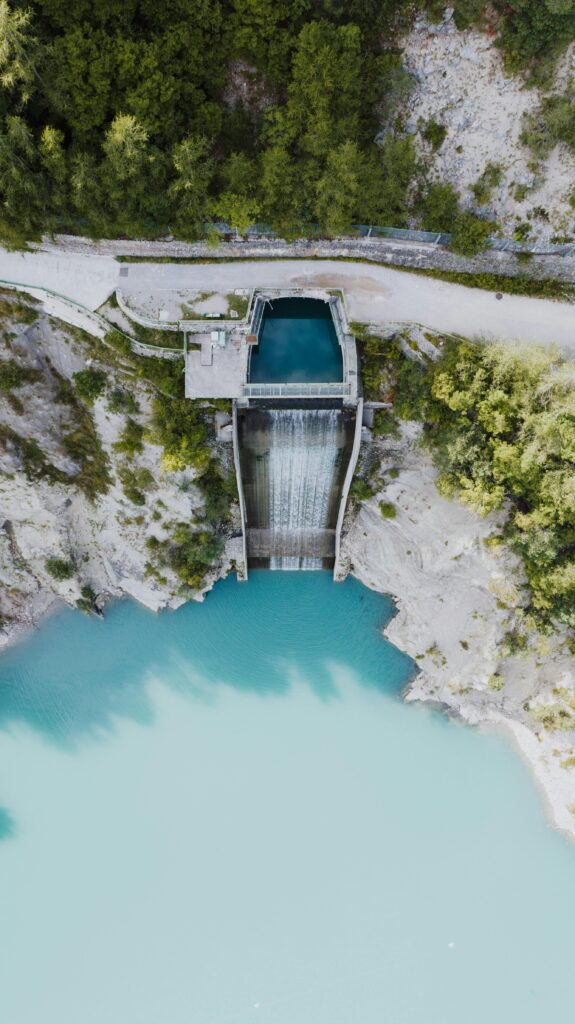



The energy-water nexus is a complex relationship that fundamentally connects the availability of energy resources to the management of water. This relationship is becoming increasingly crucial in a warming world where climate change significantly impacts both sectors. Projects focused on the energy-water nexus aim to create efficient systems that optimize the use of both resources, seeking to address the challenges presented by climate variability.
As temperatures rise and weather patterns shift, regions face water scarcity, which in turn affects energy production. Hydropower, a significant energy resource, relies heavily on sufficient water flow. Climate change disrupts this flow through alterations in precipitation and snowmelt, posing challenges to energy generation. Additionally, the production of energy, particularly fossil fuels, consumes vast amounts of water for cooling, extraction, and processing. The amount of water needed for energy production challenges water availability, diverting it from other uses such as agriculture.
Understanding the Energy-Water Connection
The interplay between energy and water requires careful management and planning. Innovations in technology now allow for energy and water systems to be designed in ways that minimize waste. Furthermore, these systems need to adjust to climatic extremes. For instance, drought conditions can decrease the efficiency of power plants, while excessive flooding can damage infrastructure critical for both water delivery and energy generation. Solutions should include enhancing the efficiency of both water use in energy applications and minimizing water withdrawal by power generation facilities.
Strategies for Optimization
|| Streamlining current technologies is vital. For example, adopting renewable energy sources such as solar, wind, and geothermal can limit water usage compared to conventional power plants that require significant water for cooling. Incorporating advanced water treatment technologies can also reduce the amount of freshwater needed in energy production.
|| Implementing hybrid systems that integrate renewable energy with traditional energy sources can ensure stability while lessening water dependency. Energy storage technologies can help manage the intermittent nature of renewable sources and reduce peak water usage during dry spells.
Government Policies and Frameworks
Legislation plays a crucial role in managing the energy-water nexus. It is necessary for government bodies to recognize these connections and create policies that incentivize more resilient infrastructure. For example, incentive mechanisms for investments in renewable energy systems, such as solar farms that utilize less water, can lead to more sustainable practices in the industry.
Furthermore, regulations that promote integrated water resource management can help ensure that both sectors work in harmony rather than in competition. Policymakers need to adopt a holistic approach that considers the full range of stakeholders affected by the nexus, including agricultural producers, energy companies, and local communities.
Regional Case Studies
Numerous regions worldwide are already piloting innovative projects aimed at harnessing synergies between water and energy. For instance, California’s focus on water efficiency programs has been complemented by a shift towards renewable energy sources. These programs illustrate how to manage resources more sustainably and build resilience against climate-related disruptions.
In the global south, countries like India face significant challenges with their energy-water nexus, largely influenced by the demand for both resources in agriculture and energy sectors. Integrating traditional and modern water-saving techniques in farming can alleviate the pressure on both sectors while addressing hunger and energy needs.
Conclusion: Building Resilience
Managing the energy-water nexus effectively is crucial as the world faces increasing climate instability. Stakeholders from all sectors must collaborate to find integrated solutions that allow for sustainable usage of both water and energy resources. This intertwined relationship will require innovative technologies, supportive policies, and a commitment to equitable resource distribution.
Investments in education and public awareness can also drive community engagement in sustainable practices. The future will depend on our collective ability to adapt and innovate as the risks of climate variability increase. By addressing these challenges holistically, societies will not only become resilient but will also contribute to the fight against climate change while ensuring sustainable growth for future generations.
For more detailed insights into renewable energy strategies, check out the Recharge News for the latest developments in the industry and ongoing research on sustainable practices. Additionally, learn more about integrating water and energy resources through comprehensive planning techniques.For more information, visit Andromeda Energy
For Further Detail
https://www.renewableenergyworld.com/


Leave a Reply